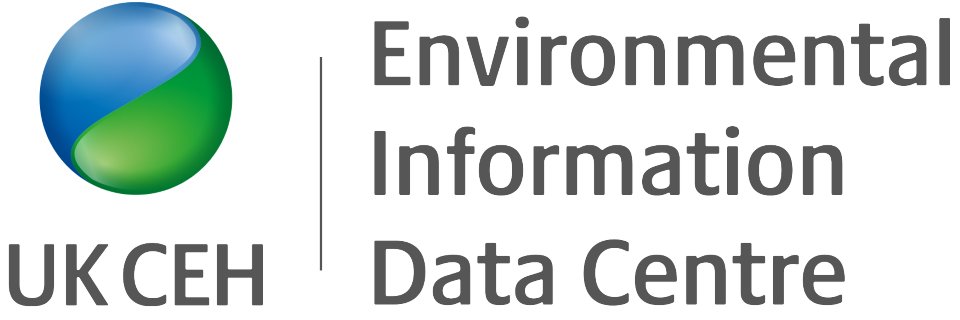
These data are held and managed by the Environmental Information Data Centre
For more details and to access the data, go to https://catalogue.ceh.ac.uk/id/0172cc8c-8b5c-46cf-b08a-785ab832e88c
For more details and to access the data, go to https://catalogue.ceh.ac.uk/id/0172cc8c-8b5c-46cf-b08a-785ab832e88c
THIS DATASET HAS BEEN SUPERSEDED
The original 1990 Land Cover Map data set had a different spatial structure and set of land cover classes to the Land Cover Maps from 2015 onwards. To facilitate change mapping Land Cover Map 1990 has been recreated with the same thematic and spatial structures as the Land Cover Maps from 2015 onward. The new version supersedes this old version.
If you need access to the archived version, please contact the CMP
Fuller, R.M.; Groom, G.B.; Jones, A.R.; Thomson, A.G.
Land Cover Map 1990 (1km percentage target class, GB)
(Land Cover Map of Great Britain (1km percentage target class, GB))
(LCMGB (1km percentage target class, GB))
https://doi.org/10.5285/0172cc8c-8b5c-46cf-b08a-785ab832e88c
Cite this dataset as:
Fuller, R.M.; Groom, G.B.; Jones, A.R.; Thomson, A.G. (1993). Land Cover Map 1990 (1km percentage target class, GB). NERC Environmental Information Data Centre. https://doi.org/10.5285/0172cc8c-8b5c-46cf-b08a-785ab832e88c
Download/Access
THIS DATASET HAS BEEN SUPERSEDED
The original 1990 Land Cover Map data set had a different spatial structure and set of land cover classes to the Land Cover Maps from 2015 onwards. To facilitate change mapping Land Cover Map 1990 has been recreated with the same thematic and spatial structures as the Land Cover Maps from 2015 onward. The new version supersedes this old version.
If you need access to the archived version, please contact the CMP
The Land Cover Map of Great Britain 1990 (1km percentage target class, GB), is a raster digital dataset, providing a classification of land cover types into 25 classes, at a 1km resolution. The dataset consists of a set of 1km bands, each containing one of 25 target classes (or 'sub' classes). Each band of the dataset contains the percentage of the specified habitat class per 1km, derived from a higher resolution (25m) dataset. The map was produced using supervised maximum likelihood classifications of Landsat 5 Thematic Mapper satellite data. The 25 mapped classes include sea and inland waters, bare, suburban and urban areas, arable farmland, pastures and meadows, rough grass, grass heaths and moors, bracken, dwarf shrub heaths and moorland, scrub, deciduous and evergreen woodland, and upland and lowland bogs. It can potentially be used to plan, manage or monitor agriculture, ecology, conservation, forestry, environmental assessment, water supplies, urban spread, transport, telecommunications, recreation and mineral extraction. The map was produced in the early 1990s by a forerunner of the Centre for Ecology & Hydrology, the Institute of Terrestrial Ecology, at Monks Wood. Note: The bands in the dataset run from 1-26, not 0-25 as stated in the documentation. Hence '1' is unclassifed (not '0'), '2' is sea/estuary and so on.
Publication date: 1993-01-01
Formats
ESRI ASCII grid, ESRI .hdr RAW raster, TIFF
Spatial information
Study area
Spatial representation type
Raster
Spatial reference system
OSGB 1936 / British National Grid
Temporal information
Temporal extent
1990-01-01 to 1990-12-31
Provenance & quality
The Land Cover Map of Great Britain (LCMGB) was produced (at the Institute of Terrestrial Ecology (ITE) Monks Wood) using supervised maximum likelihood classifications of Landsat Thematic Mapper satellite data. See online supporting information for further details.
Citations
Holloway, P., Miller, J.A., & Gillings, S. (2016). Incorporating movement in species distribution models: how do simulations of dispersal affect the accuracy and uncertainty of projections? International Journal of Geographical Information Science, 1–25. https://doi.org/10.1080/13658816.2016.1158823
Supplemental information
Fuller, R. M.; Groom, G. B.; Jones, A. R.. 1994 The Land Cover Map of Great Britain: an automated classification of Landsat Thematic Mapper data. Photogrammetric Engineering and Remote Sensing, 60 (5). 553-562.
Correspondence/contact details
Morton, D.
UK Centre for Ecology & Hydrology
Lancaster Environment Centre, Library Avenue, Bailrigg
Lancaster
Lancashire
LA1 4AP
UNITED KINGDOM
enquiries@ceh.ac.uk
Lancaster
Lancashire
LA1 4AP
UNITED KINGDOM
Authors
Fuller, R.M.
Institute of Terrestrial Ecology
Groom, G.B.
Institute of Terrestrial Ecology
Jones, A.R.
Institute of Terrestrial Ecology
Thomson, A.G.
Institute of Terrestrial Ecology
Other contacts
Custodian
NERC EDS Environmental Information Data Centre
info@eidc.ac.uk
Publisher
NERC Environmental Information Data Centre
info@eidc.ac.uk
Owner
Natural Environment Research Council
enquiries@ceh.ac.uk
